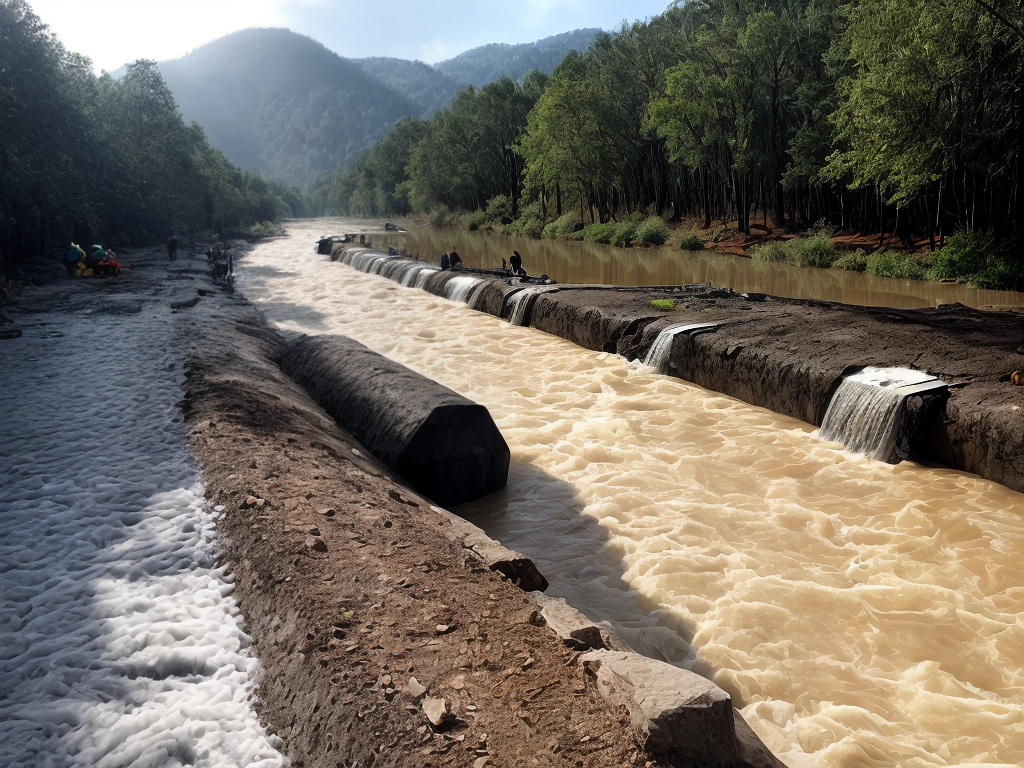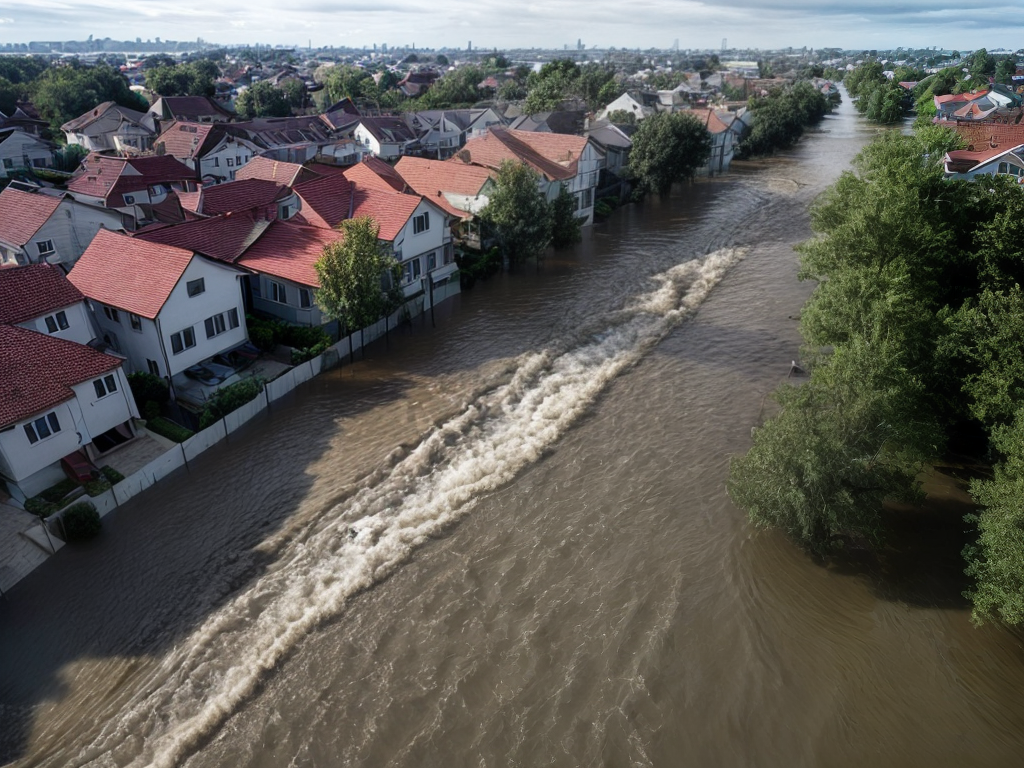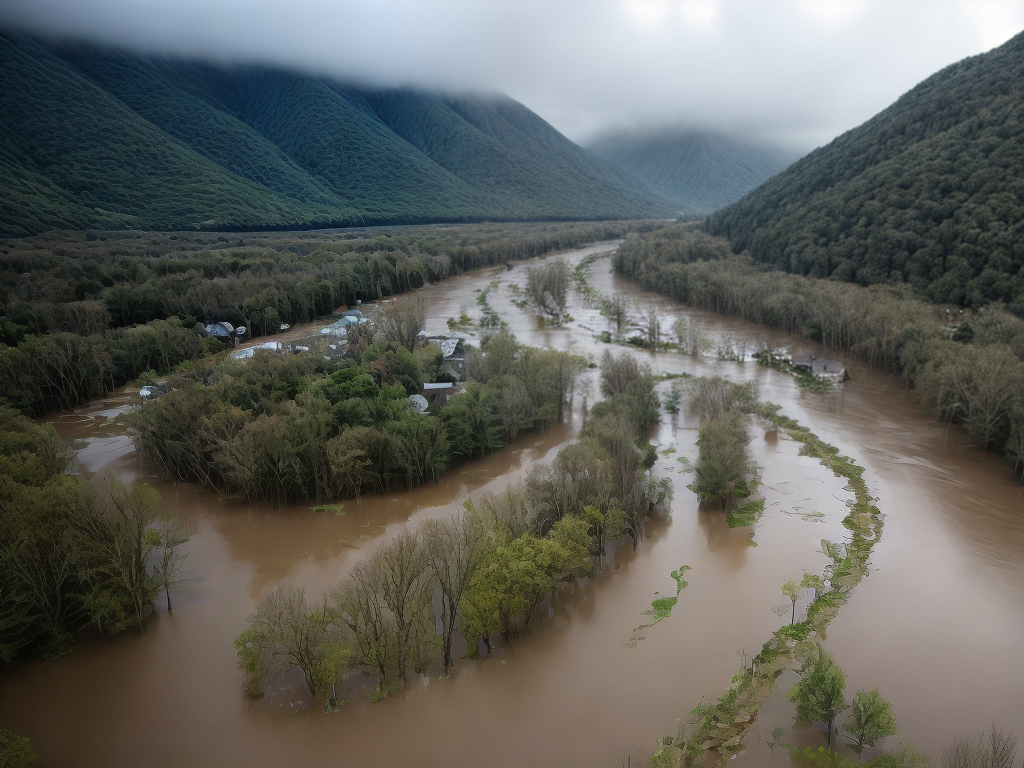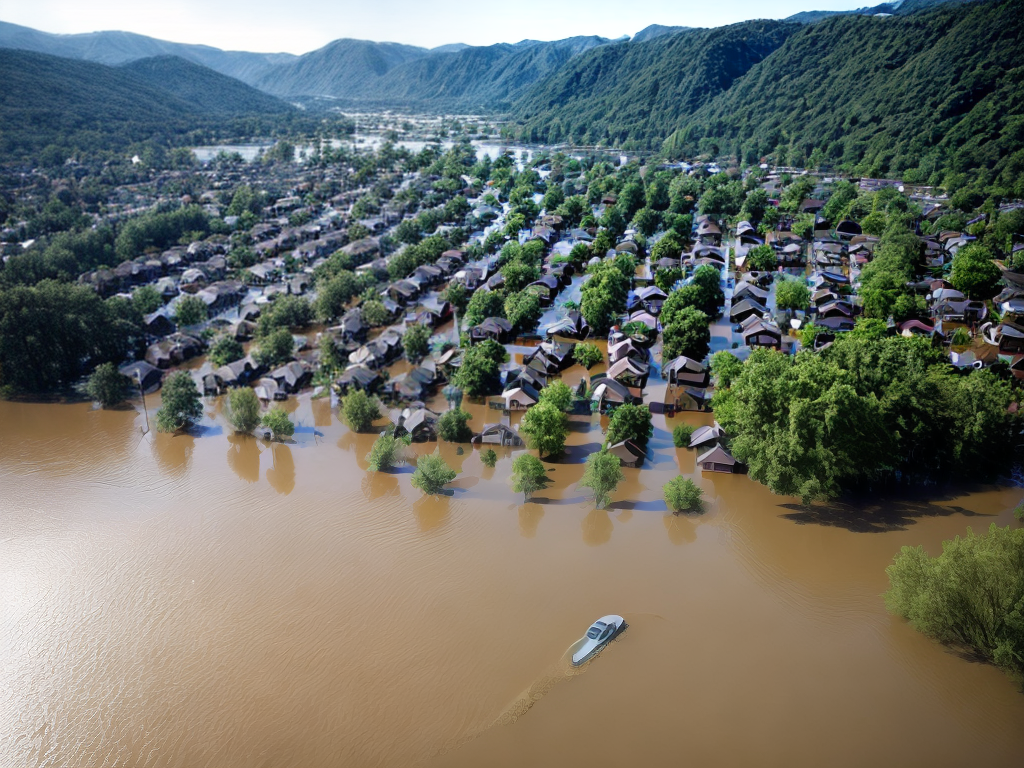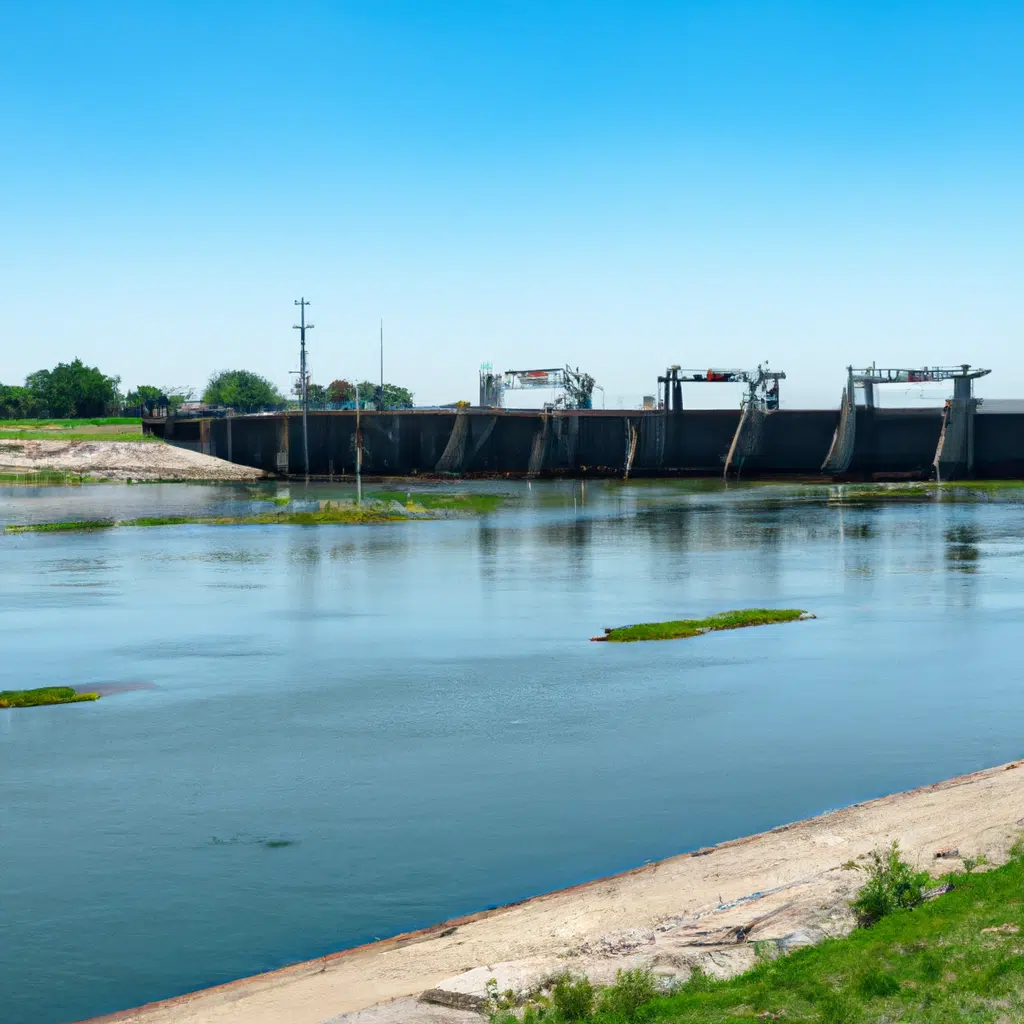
Welcome to our comprehensive guide on flood control projects and the hidden advantages they offer. In this article, we will delve deep into the lesser-known benefits of flood control projects, uncovering valuable insights that can help communities and individuals better understand the importance of implementing such initiatives. By the end of this article, you will gain a fresh perspective on flood control projects and their wide-ranging positive impacts.
Understanding Flood Control Projects
The Need for Flood Control
Floods have long been a natural disaster that wreaks havoc on communities around the world. They can cause extensive property damage, disrupt essential services, and even lead to loss of life. To address this issue, flood control projects aim to mitigate the impact of floods by implementing various measures such as building dams, levees, channels, and reservoirs. While the primary goal is to protect lives and properties from flooding, these projects offer additional benefits that are often overlooked.
Environmental Preservation
One of the hidden benefits of flood control projects is their positive impact on the environment. By managing water levels and preventing excessive flooding, these projects help maintain the delicate balance of ecosystems. Flood control measures can prevent soil erosion, protect wildlife habitats, and safeguard biodiversity. Moreover, by controlling flooding, these projects also reduce the risk of water pollution, as floodwaters can carry pollutants and contaminants into water bodies.
Economic Stability
Floods can have devastating economic consequences, causing billions of dollars in damages each year. Flood control projects play a crucial role in minimizing these financial burdens. By preventing or reducing flood damage, these initiatives save communities from expensive recovery and reconstruction costs. Additionally, flood control measures can enhance property values in flood-prone areas, as the risk of flooding decreases. This stability attracts businesses and promotes economic growth in the region.
The Lesser-Known Benefits of Flood Control Projects
Enhanced Public Health
Flood control projects contribute significantly to public health improvements. By minimizing the risk of flooding, these initiatives help prevent waterborne diseases caused by contaminated floodwaters. Additionally, flood control measures often involve the construction of drainage systems that efficiently remove excess water, reducing the breeding grounds for disease-carrying mosquitoes. Consequently, communities that have implemented flood control projects experience fewer outbreaks of water-related illnesses.
Improved Agricultural Productivity
Agricultural areas are particularly vulnerable to the destructive impact of floods. By implementing flood control measures, such as the construction of reservoirs and diversion channels, farmers can better manage water resources. This enables them to control irrigation, prevent crop damage, and improve overall agricultural productivity. Flood control projects also reduce the risk of soil erosion, preserving fertile lands and ensuring sustainable farming practices.
Recreational Opportunities
Flood control projects often create new recreational opportunities for communities. Reservoirs and levees can provide spaces for water-based activities such as boating, fishing, and swimming. These projects can also incorporate parks and green spaces, offering residents and visitors areas for hiking, picnicking, and enjoying nature. By enhancing the quality of life through these recreational amenities, flood control projects contribute to the overall well-being of the community.
Urban Development and Land Use
Flood control projects can catalyze urban development and land use planning initiatives. By minimizing the risk of flooding, these projects make previously flood-prone areas suitable for development. This opens up new possibilities for urban expansion, infrastructure development, and housing projects. Additionally, flood control measures can be integrated into urban design, creating aesthetically pleasing landscapes and enhancing the overall livability of the city.
Climate Change Adaptation
As the impacts of climate change become more apparent, flood control projects play a vital role in adaptation strategies. By implementing resilient flood control measures, communities can better prepare for increasingly frequent and intense rainfall events. These projects can incorporate climate modeling and forecasting, enabling authorities to make informed decisions and implement adaptive measures. Flood control projects, therefore, serve as a crucial component of climate change adaptation and resilience planning.
Conclusion
In conclusion, flood control projects offer far more benefits than what meets the eye. From preserving the environment and ensuring economic stability to improving public health and agricultural productivity, these initiatives play a vital role in building resilient communities. Additionally, flood control projects create recreational opportunities, facilitate urban development, and contribute to climate change adaptation efforts. By recognizing the hidden advantages of flood control projects, we can foster a deeper understanding of their significance and encourage their implementation worldwide.

